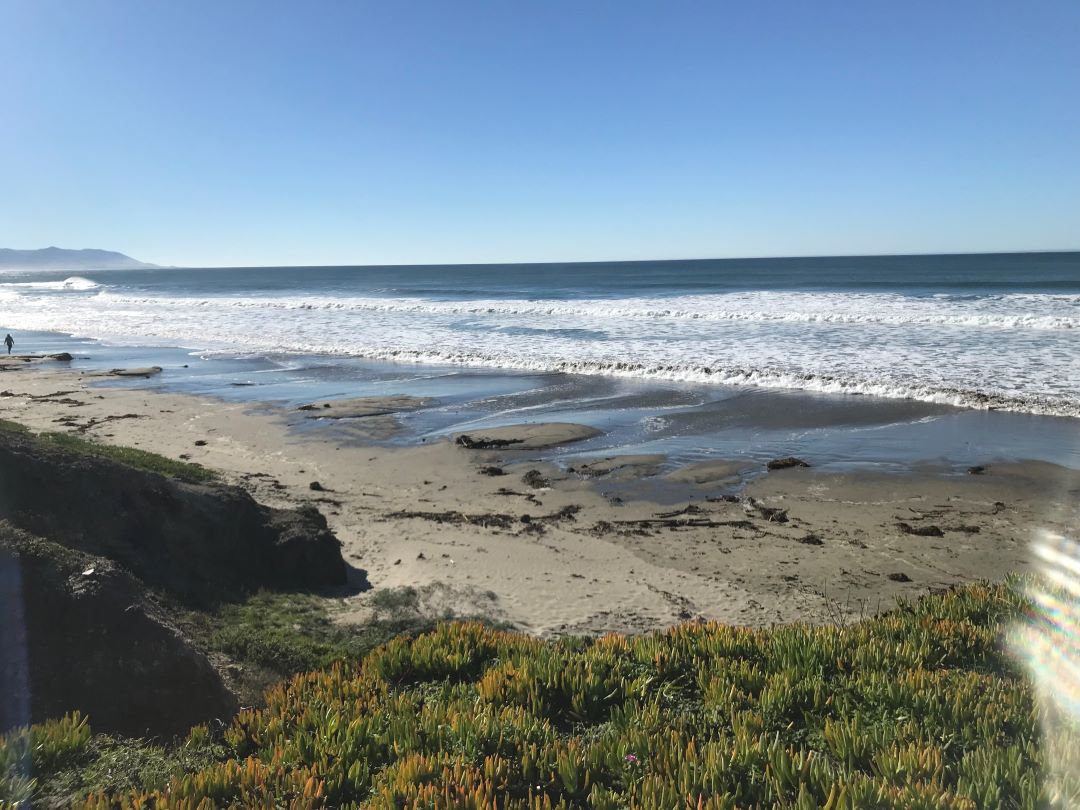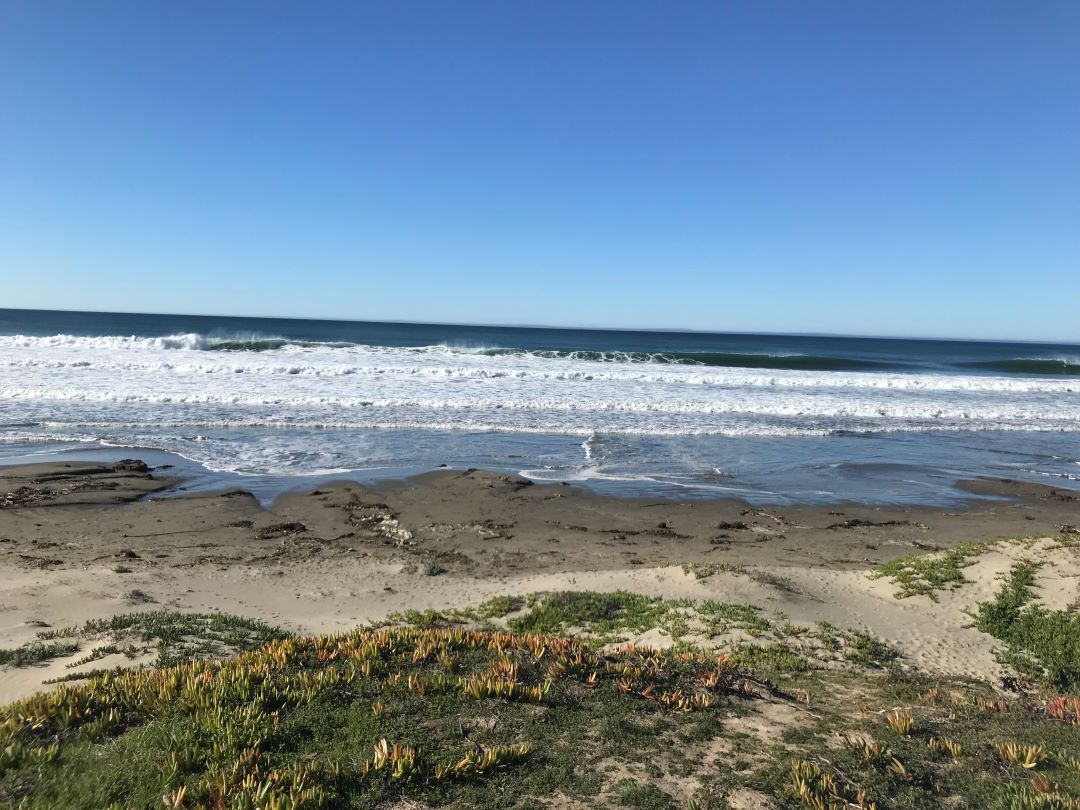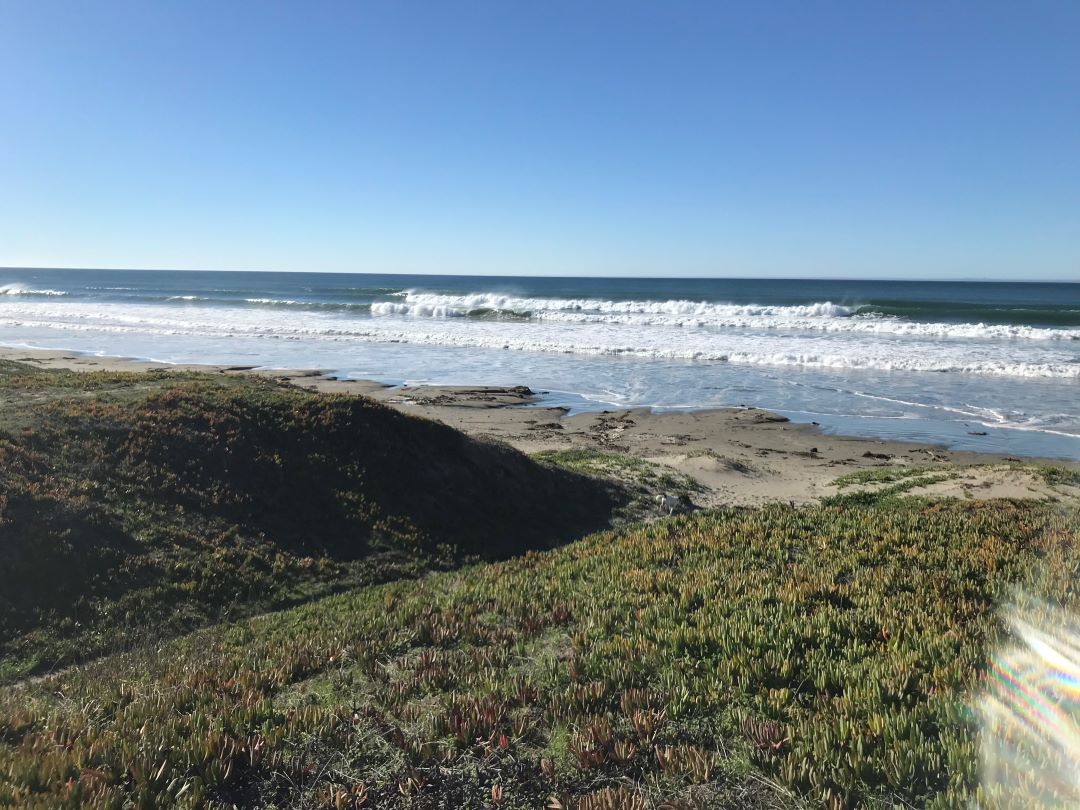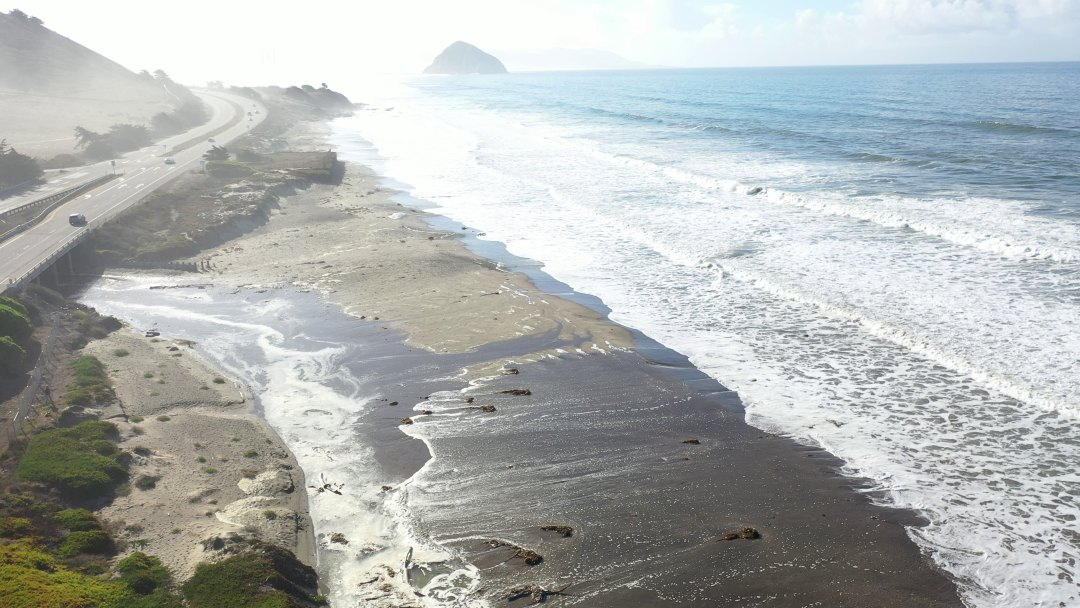This past week, Cal Poly’s Civil and Environmental Engineering Department students and the Marine Sciences Program collaborated with California State Parks and the Central Coast Aquarium to document the “King Tides.”
King Tides are exceptionally high tides that occur when there is a gravitational alignment of the Earth, moon and sun. Documenting these unique King Tides through photo or video can help oceanographers and researchers like Dr. Serena Lee, a research fellow at Cal Poly working towards investigating the effects of sea level rise on coastal towns.
Recording these tides creates opportunities for measuring and predicting how they will impact coastal communities throughout California.
Lee explained her mission to KCPR, which is to bring the Central Coast together while exhibiting how these tides will affect the future.
Working alongside Civil Engineering associate professor Stefan Talke, the two collaborated to investigate changes in tides in estuaries and historical sea level rise.
Growing up surrounded by the influences of surf culture on the Gold Coast, Dr. Lee — a native Australian — found that getting the community involved is probably one of the best ways to not only raise awareness about the sea levels’ effects but also show people exactly how it will affect our infrastructure.
“To a person who’s not living and breathing that sort of thing, the concept of sea level rise might be a distant thing,” she said.



The National Oceanic and Atmospheric Administration (NOAA) pioneered the use of tide gauges to measure the tide. However, with about 20-30 tide gauges along the coast, various sections remain unmeasured. In pursuit of improvement, a group of Cal Poly students came up with a solution in 2021.
These new tide gauges, which are cheaper, smaller and more easily deployable, resulted from a research project supervised by Professor Talke.
So far these tide gauges have been placed at the Cal Poly Pier, Cayucos Pier, Morro Bay, as well as a few other locations.
“The King Tide project offers an ability to get across a message to people about how their shorelines might change in the future, and how we might have to alter how we interact with the shorelines,” Lee said.
The next King Tide is predicted to occur on Dec. 15, 2024 and Dr. Lee highly encourages San Luis Obispo residents to get involved.
“If more people get a little bit more familiar with high water levels, just even that concept of our annual high-water levels, it just helps plant the seeds for people to think about how we might need to adapt,” Lee said.


